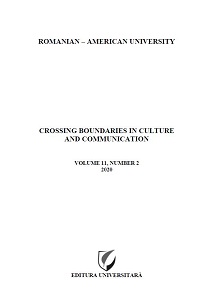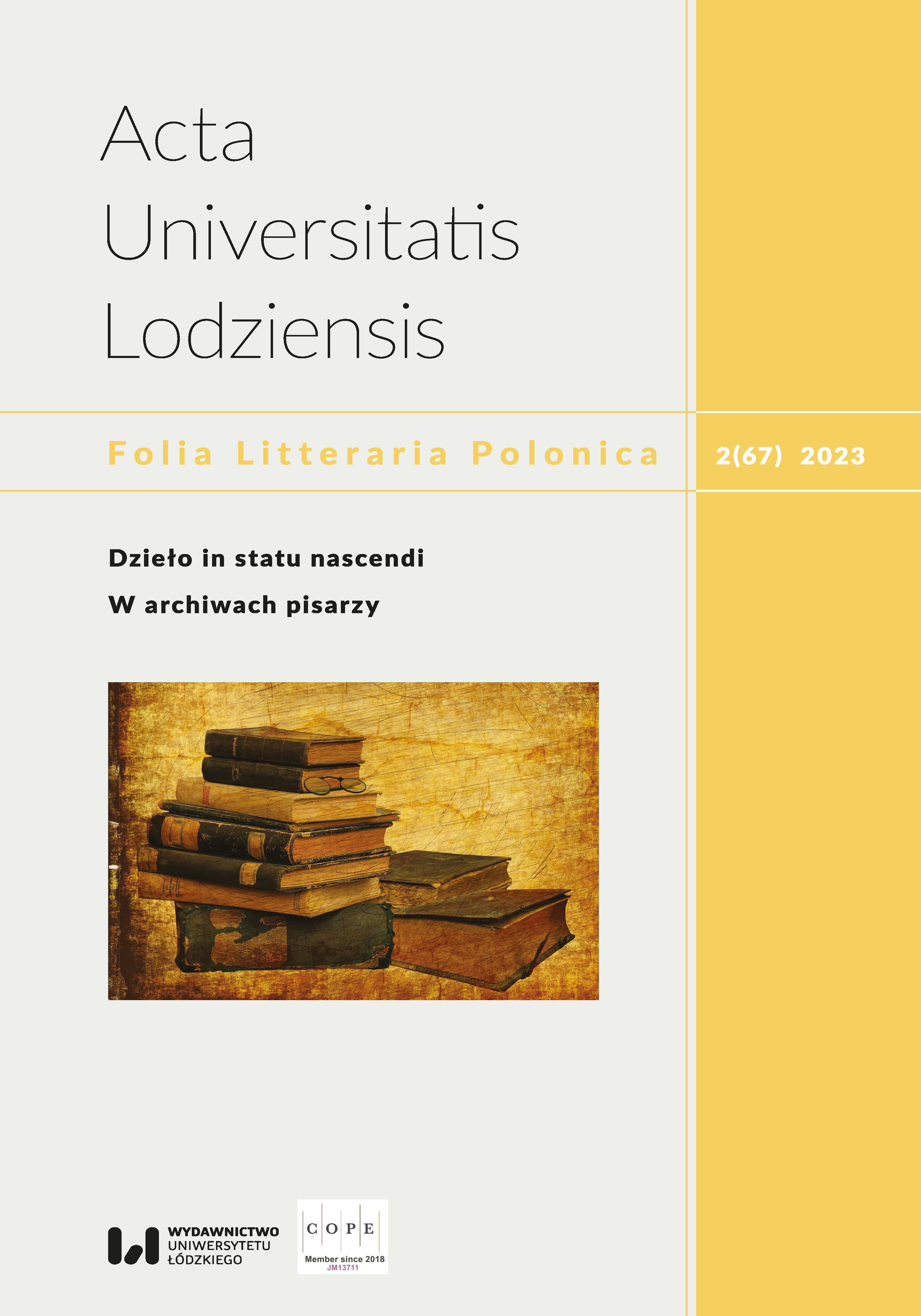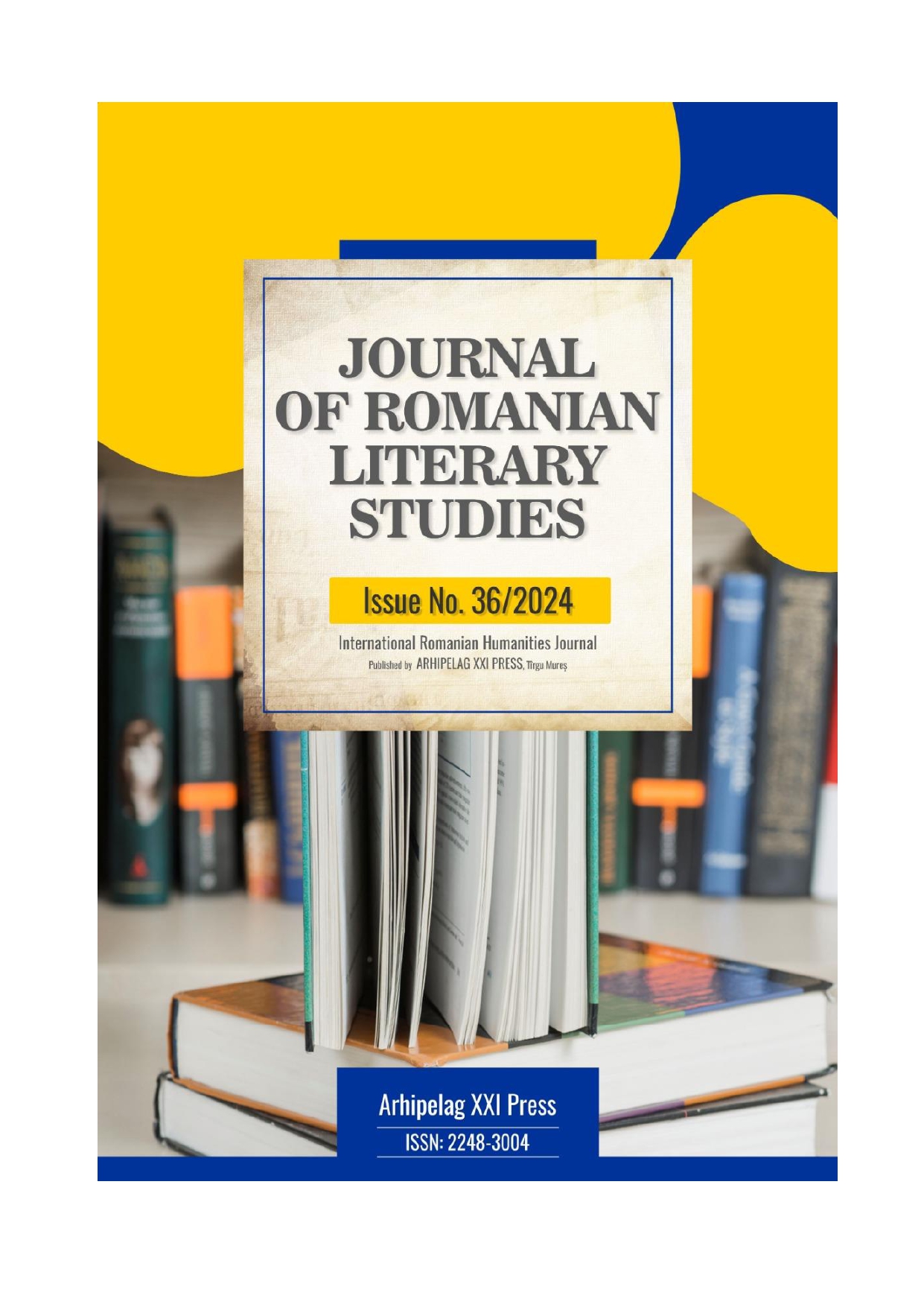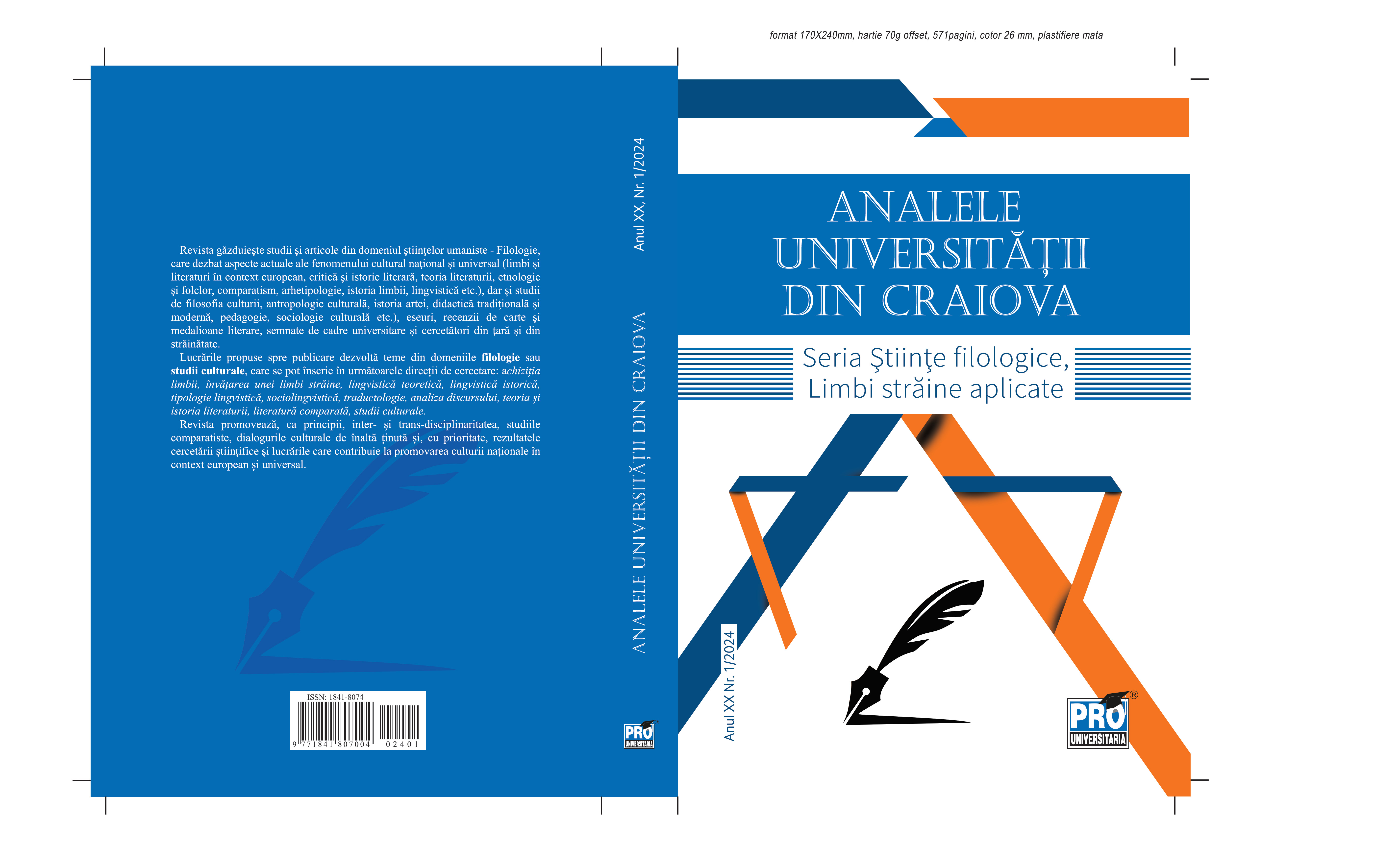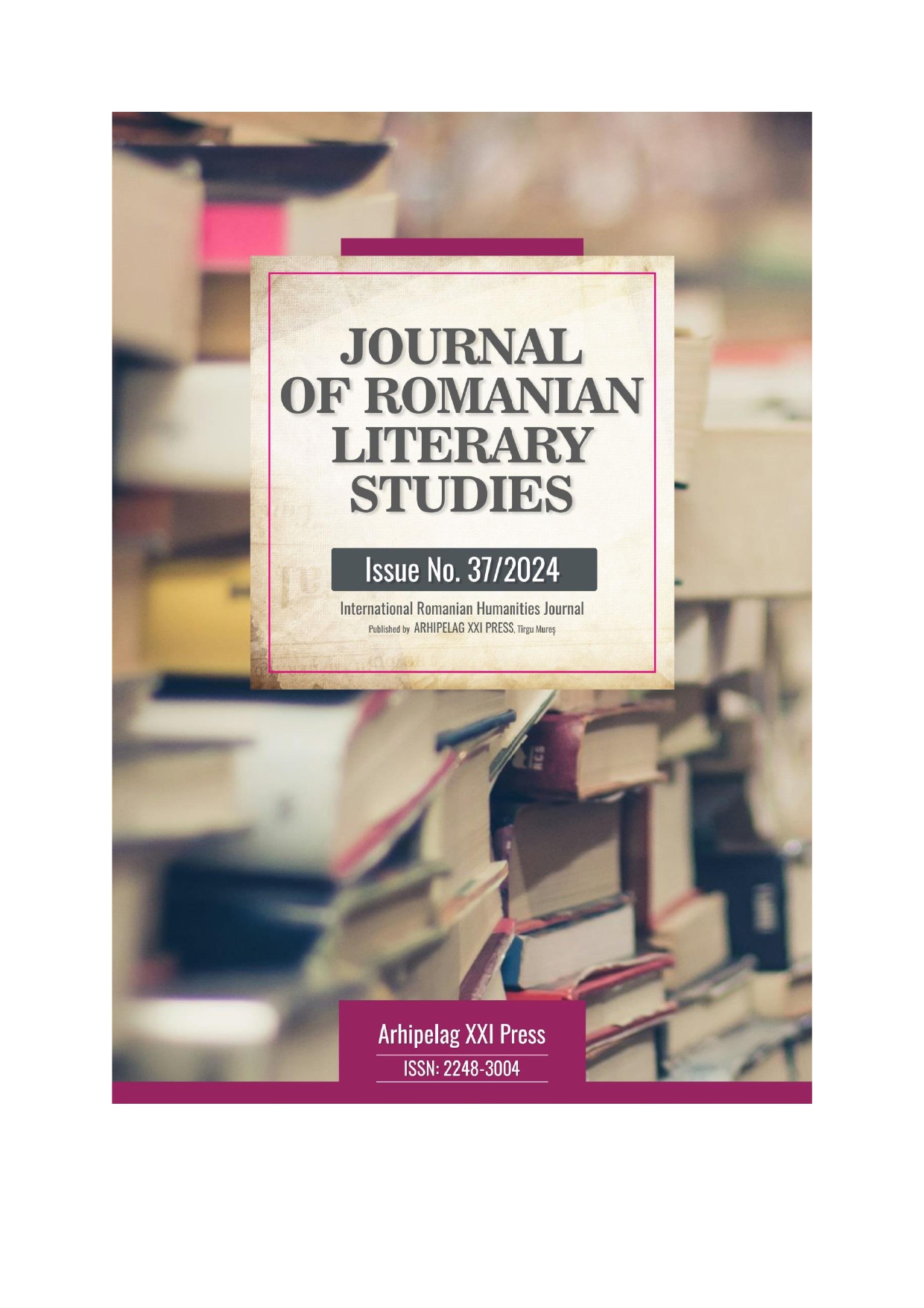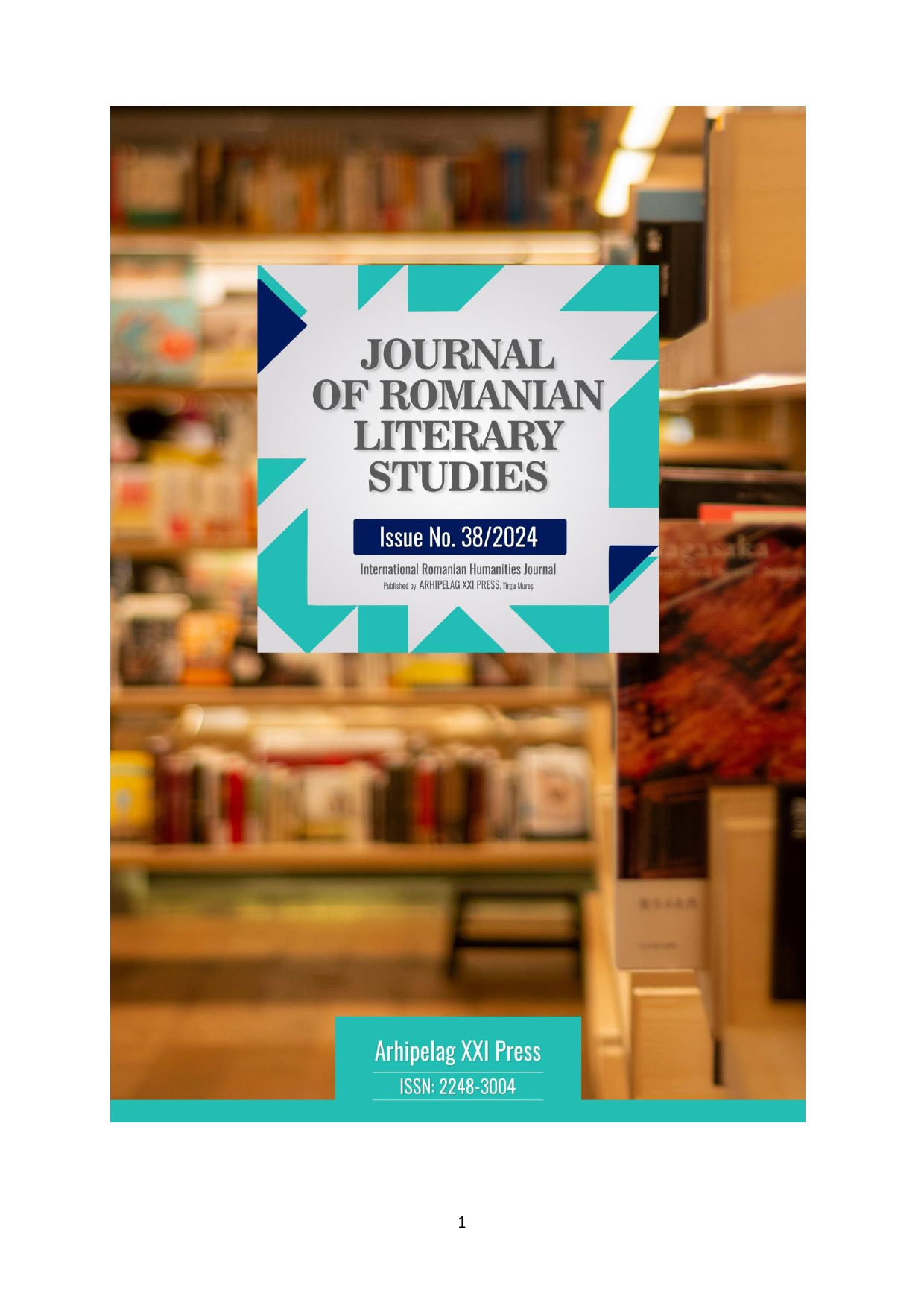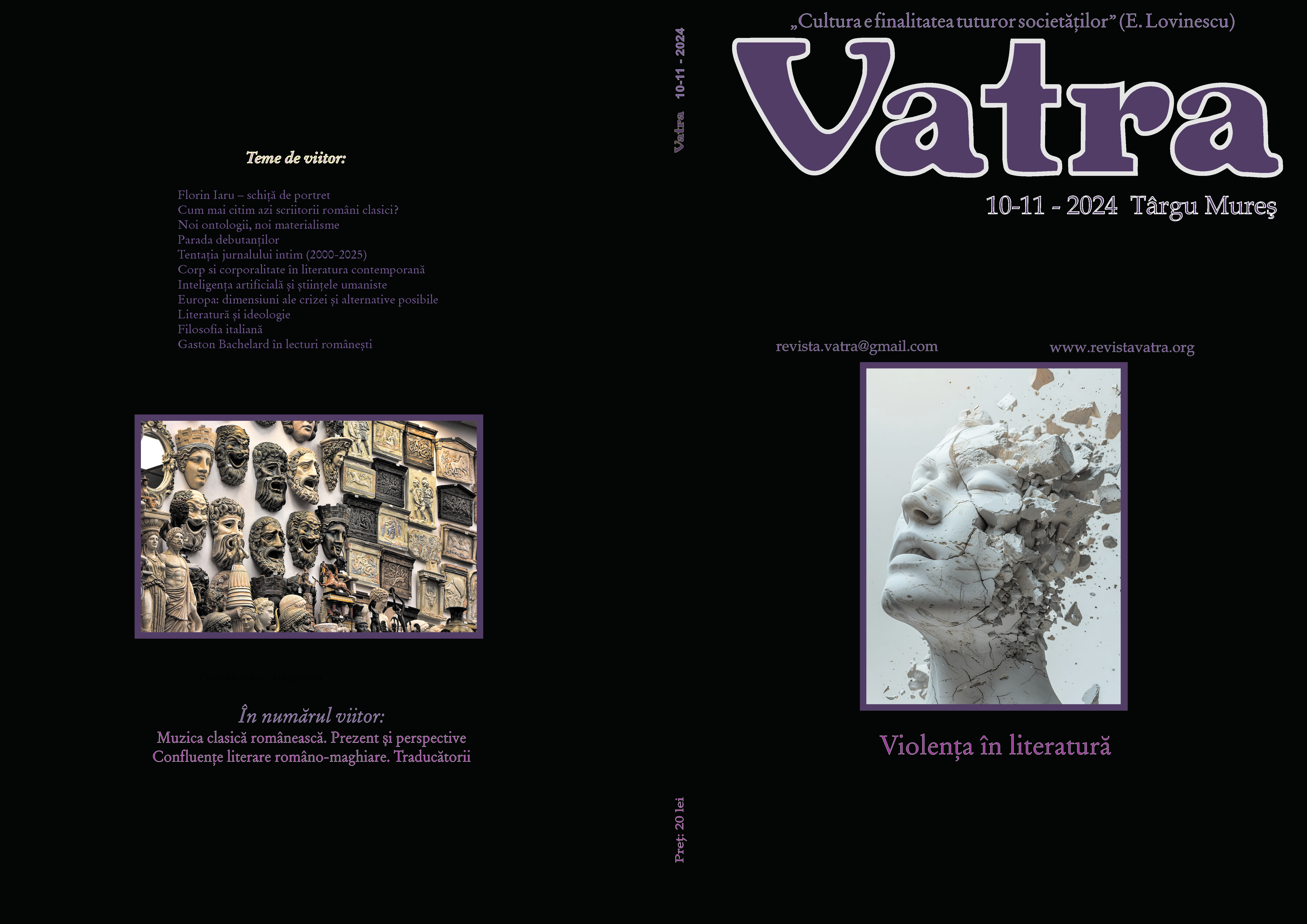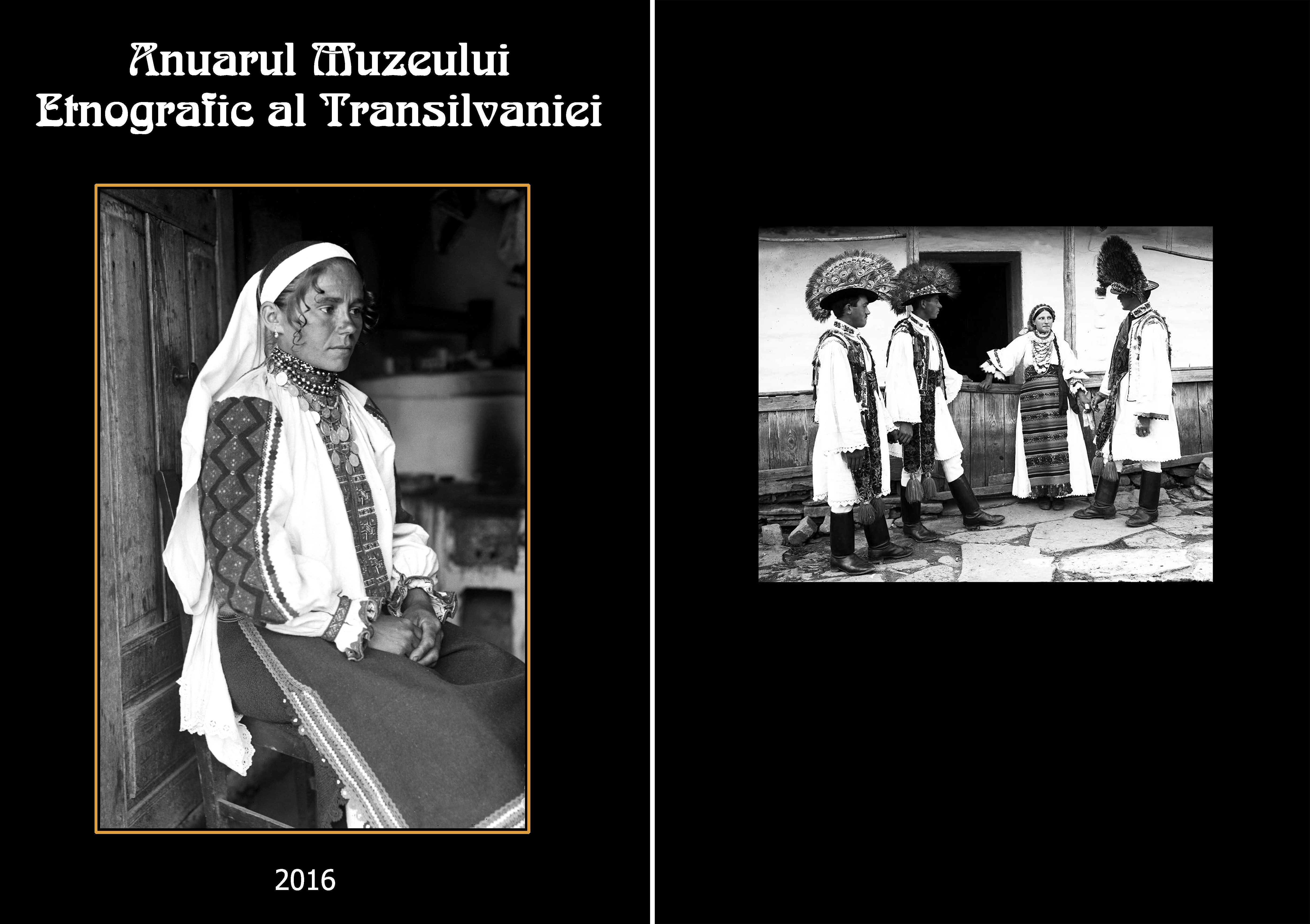
Cultura tradiţională imaterială românească din Bistriţa-Năsăud, vo. II, Sărbătorile ciclului social şi calendaristic sau Munci şi zile în Ţinutul Bistriţei şi Năsăudului
Alcătuit dintr-un număr consistent de pagini, volumul de faţă prezintă, într-o manieră amănunţită, aspecte din cultura imaterială a populaţiei din judeţul BistriţaNăsăud de-a lungul secolului XX. Aşa după cum bine remarca profesorul Vasile Dâncu în prezentarea de pe coperta 2 a cărţii, volumul se diferenţiază de alte lucrări de gen prin scopul pentru care a fost scris, şi anume acela de ,,a oferi societăţii şi omului modern o alternativă la pierderea sensului, la uitarea de sine sau la crizele identitare’’. Spaţiul investigat de cei doi autori este bine delimitat chiar din titlu: Ţinutul Bistriţei şi Ţinutul Năsăudului, locuri familiare autorilor care au copilărit şi au crescut în zonă.
More...
![Rabindranath Tagore – poeta świata. Antologia, red. naukowa Elżbieta Walter, [Wydawnictwo Uniwersytetu Warszawskiego, Warszawa 2010, 420 s.]](/api/image/getissuecoverimage?id=picture_2011_46066.jpg)
